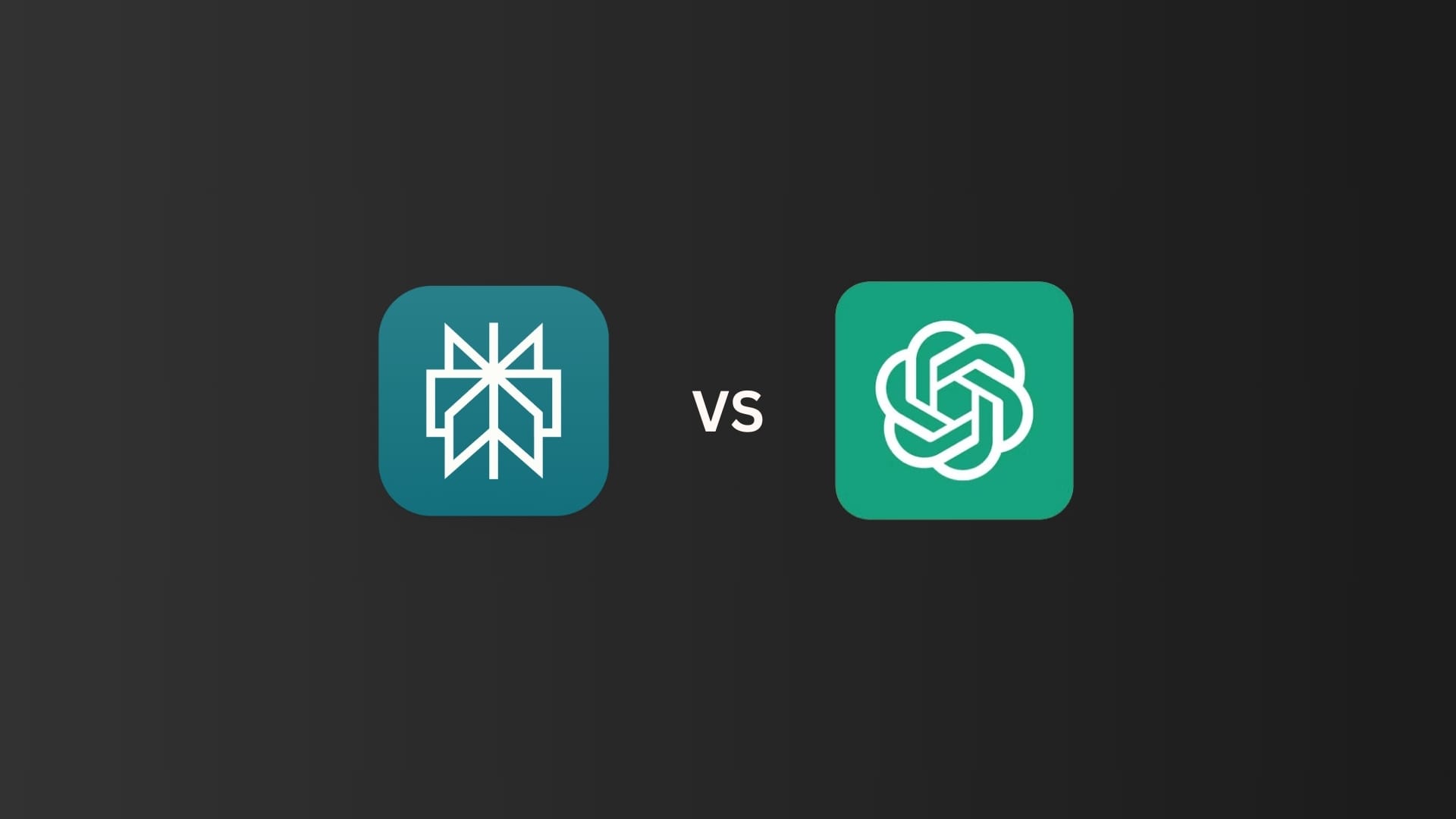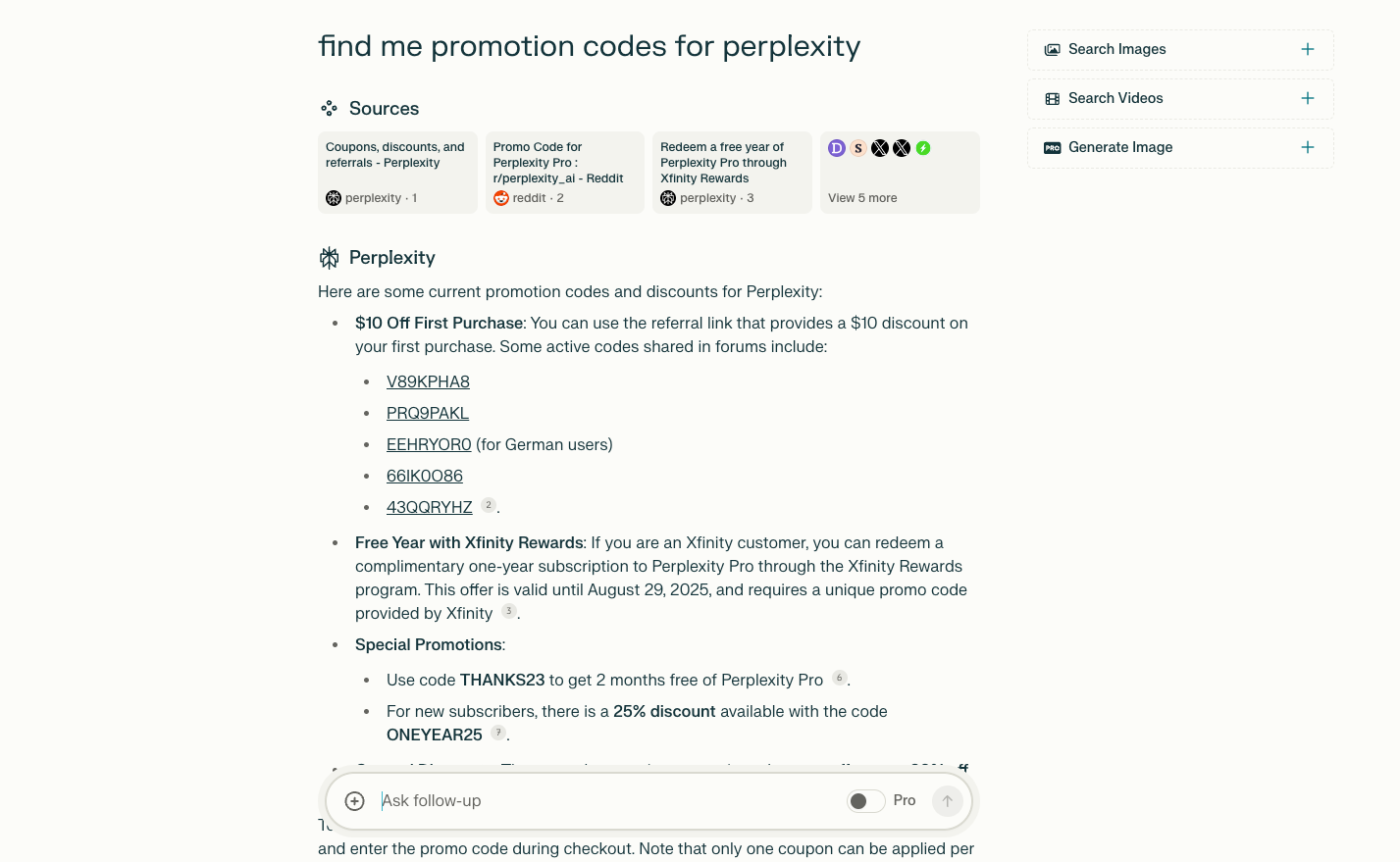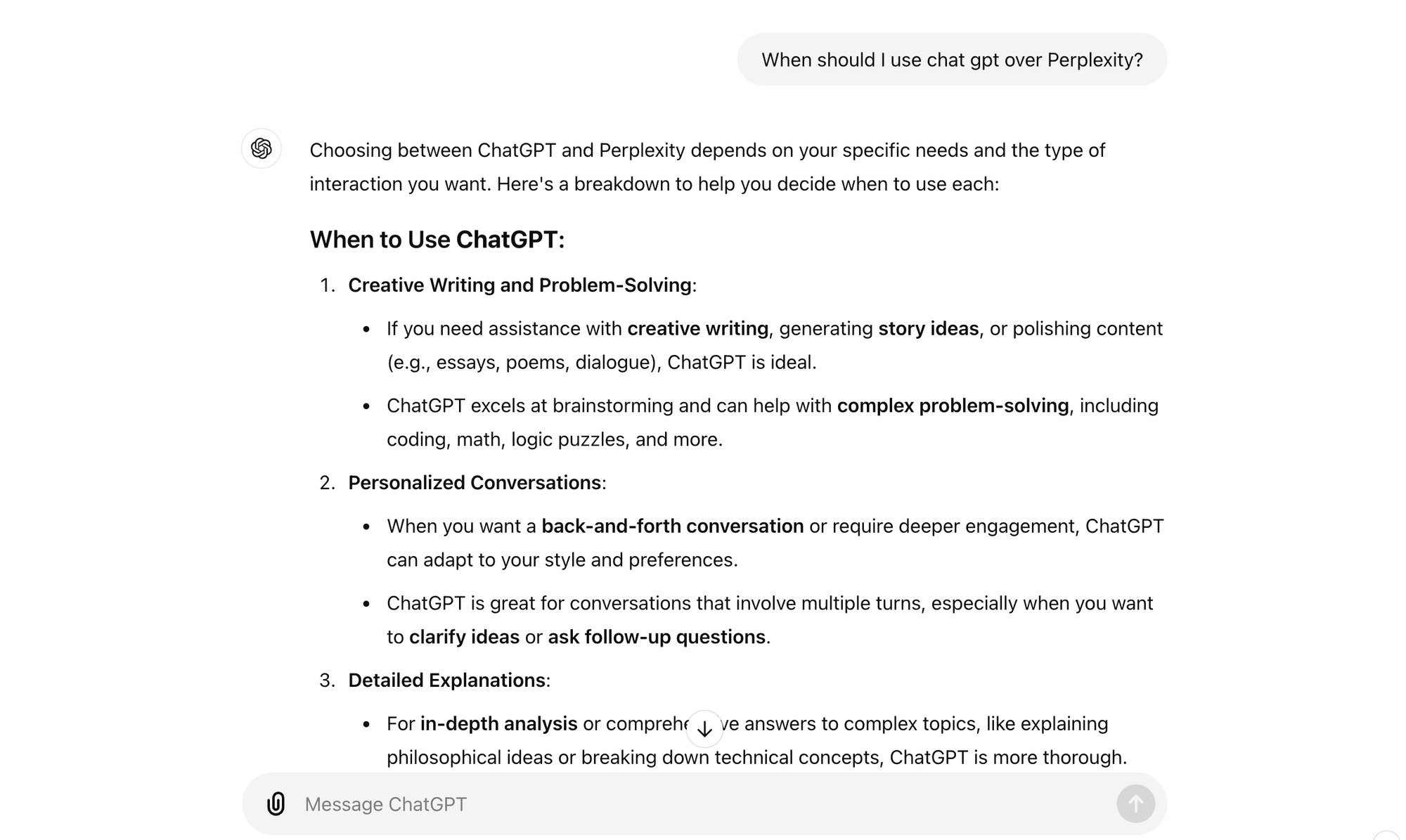Perplexity vs Chatgpt: Which is the best for your use case?
Perplexity vs ChatGPT compares AI tools for research, problem-solving, and real-time search. Learn how Tak combines both, offering a personalized AI experience.

Exciting news, phospho is now bringing brains to robots!
With phosphobot, you can control robots, collect data, fine-tune robotics AI models, and deploy them in real-time.
Check it out here: robots.phospho.ai.
Perplexity vs ChatGPT
We’ve seen an explosion of AI tools since we first heard about Chat GPT and its record for fastest growth to 100 million users by any app.
This shouldn’t come as a surprise though, these AI tools make for user experiences in natural language which are always easier and more engaging to use.
However, choosing the right one between different AI tools such as Perplexity vs chatgpt will depend on your specific use case…
When to use Perplexity
(Real time search with multiple models)

Perplexity is an AI search engine. If you’re wondering how that differs to traditional search engines like Google and Bing, the main distinction is you can ask any queries and you’re given summaries you can chat with instead of having to crawl through different websites yourself.
Tip: you can even ask itself to find you promo codes for discounts on their premium tier.
Main use cases:
Perplexity’s ability to pull and summarise information quickly makes it a great tool for research and fast information retrieval.
You can have unlimited searches on the free tier which is great for when extensive research and multiple perspectives are required.
You can read more about Perplexity’s key features and use cases in more detail in our previous article here.
When to use ChatGPT
(Human like dialogue, versatility and problem solving)

ChatGPT is a large language model (LLM) developed by OpenAI and is currently the LLM with the largest user base. Their user friendly design and ease of integration as well as multiple third party plugins have really made it the household name in generative AI.
For a comparison of ChatGPT with other LLMs, read our previous articles comparing GPT-4 to other LLMs such as Gemini here or Claude 3 here.
Main use cases:
ChatGPT is far better at understanding natural language and nuance which positions it strongly for apps requiring creativity, reasoning and problem solving that would come with high quality content creation or complex coding and analytics.
GPT-4 has outstanding multimodal capabilities when processing different inputs such as text, images, and video making it a clear favourite LLM for use cases that prioritise visual understanding.
It also excels at generating complex code and given its many third party plugins, offers developers a no brainer choice of LLM when requiring flexibility and ease of integration to customise AI apps to their liking.
Perplexity vs ChatGPT: Key Differences
Both AI tools are hugely popular but their main use cases mean they have a few key differences:
- Perplexity is made for answers from the web, whereas ChatGPT is tailored for dialogue and creative tasks.
- This also means Perplexity is better for factual queries and sourced answers, whereas ChatGPT is better for content creation and problem solving.
- ChatGPT has a knowledge cut off date (as a result of its constant training), whereas Perplexity has internet access. Therefore, Perplexity is better suited for time sensitive queries and research.
- ChatGPT has an API to connect it to apps which can make it a better option for business or enterprise level solutions.
- You can train or fine tune ChatGPT with your own datasets to better fit your industry e.g Law, Finance, Software.
- Perplexity has access to multiple LLM models you can switch between for more diversity.
Introducing Tak: The Best of Both Worlds
(Think of Tak as Perplexity’s older brother)

For mix a both, you can try Tak, a free AI search engine with access to real-time data for a balance of quick aggregated search summaries and a conversational interface.
For full context, we made a comparison of the 4 best AI search engines which you can read here.
Tak’s Advantage: Continuous Self Learning
Tak is much like Perplexity, but the one thing it offers that Perplexity cannot is continuous learning and adaptation for more personalised and streamlined experiences over time.
Tak constantly learns and improves on its own in the backend through knowledge graphs to map connections between different pieces of information. This helps to provide you more interconnected and contextually consistent search results without constant manual fine tuning to get what you want.
Conclusion
The choice between different AI tools like Perplexity, ChatGPT, or Tak will depend on your specific use case.
As a quick overview:
- Perplexity is great for up to date research and information retrieval
- ChatGPT is good for problem solving and content creation under human dialogue
- Tak is a good in between by offering real-time information as well as context aware conversations
If you want the best of both worlds, Tak is the best option. It’s the only AI tool that offers both real-time AI search with continuous self learning on the backend to give you a personalised experience that gets better over time.
Want to take AI to the next level?
At Phospho, we give brains to robots. We let you power any robot with advanced AI – control, collect data, fine-tune, and deploy seamlessly.
New to robotics? Start with our dev kit.
👉 Explore at robots.phospho.ai.
